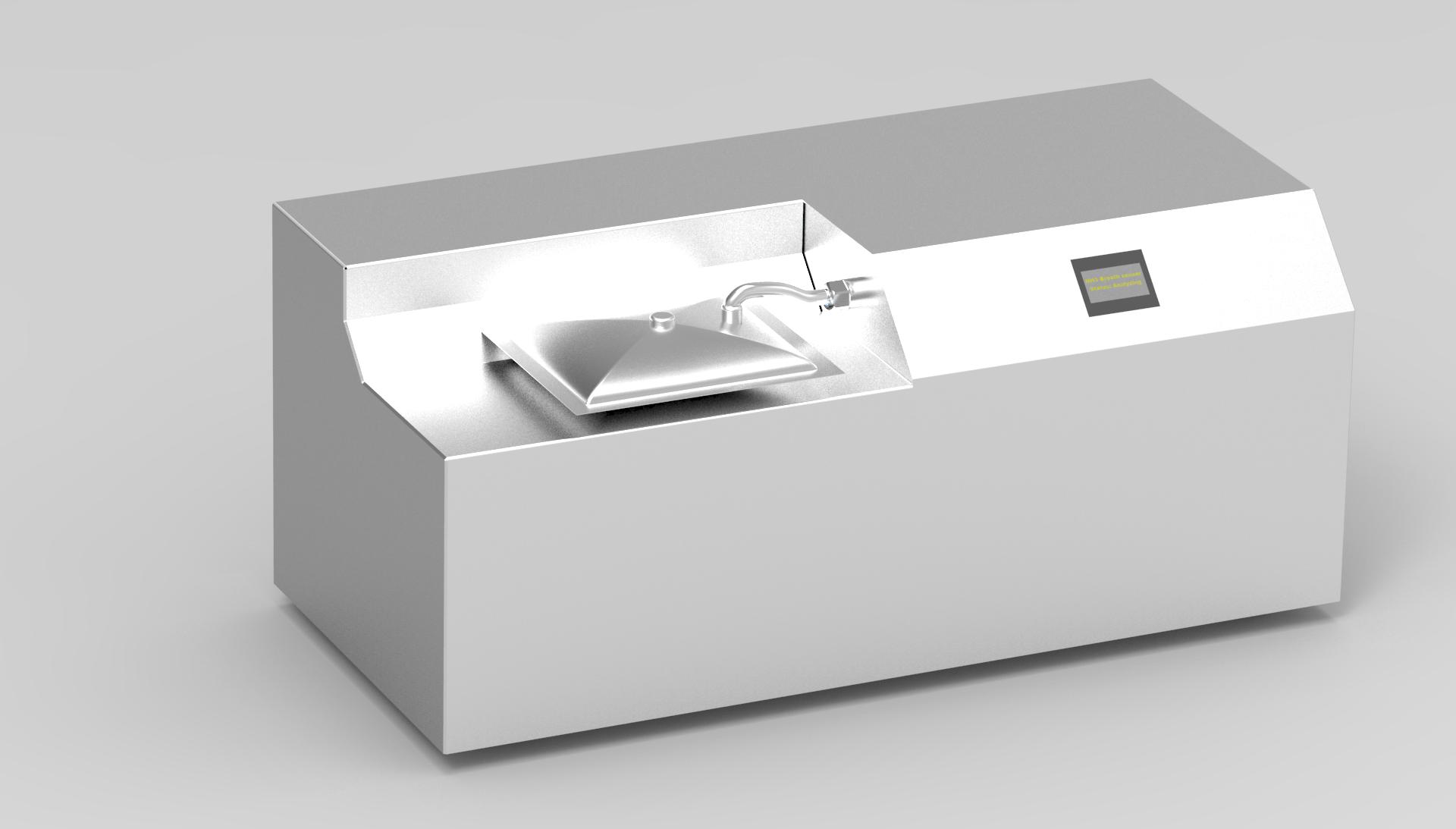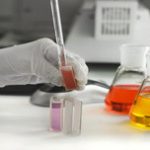Exhaled Breath Ammonia Sensor
For early detection and monitoring of liver/kidney diseases

Technology Summary
Advances in microelectronics and new detector materials have increased the capability to detect biomarkers for various diseases. A remaining challenge is to provide sensors that are non-invasive, accurate and reliable.
Detection of ammonia during exhalation through wavelength modulation spectroscopy provides a non-invasive method to diagnose adverse health conditions such as liver or kidney diseases that are associated to ammonia fluctuation.
A sensor developed at KAUST addresses the need for accuracy by using a laser-based technology, which overcomes sensitivity and selectivity limitations that often limit gas detection in medical applications.
This technology has strong potential for the medical devices industry. Its portability, non-intrusiveness, accuracy and small cost make it very attractive for disease detection and monitoring.
How it works
When a patient breathes into this device, certain parametric measurements of the exhaled breath are analyzed to detect the level of ammonia. The analyzer then makes the determination if there is a possibility of a disease afflicting the patient.
This invention combines laser technology with wavelength modulation spectroscopy and multi-pass optical cells to construct a sensor that can detect the presence of ammonia in a gas mixture.
Studies by the inventor and other laboratories have shown that the best detection can be achieved using a quantum cascade laser combined with cavity-enhanced absorption such as in multi-pass cells.
Wavelength modulation spectroscopy (WMS) detects traces of ammonia in the parts per billion range. WMS methodology also helps overcome the small signal-to-noise ratio limitations and makes this sensor more accurate.
A final benefit is its ability to operate in a ‘calibration-free’ mode through the measurements of mole fraction. This eliminates the need to calibrate the signal to a known mixture.
Why it is better
The inventors have assessed many limitations that encumber traditional gas sensing techniques and developed a technology that utilizes an ammonia absorption feature with considerably less interference than previous sensors.
The sensor has strong potential for the medical devices industry. The sensor’s laser technology offers several benefits including a compact size, high sensitivity and real-time analysis. It is accurate, reliable and portable.
Finally, its ability to predict or diagnose illnesses based on exhalation is a promising option to avoid more invasive methods.
In addition to the technological challenges of ensuring accurate and reliable prediction, economical and practical ways to build these devices are also being actively researched.
The sensor has been designed, characterized and validated. A prototype has already been made.
IP protection
Patents pending
Invention track code
2013-004

Benefits
- Compact
- Cost effective
- Real time analysis
- High sensitivity and accuracy
- Non invasive

Applications
Medical device industry for early clinical diagnoses and monitoring of diseases including:
- Chronic kidney and liver disease
- Encephalopathy associated with hyperammonemia
- Helicobacter pylori infection
- Dialysis efficiency
